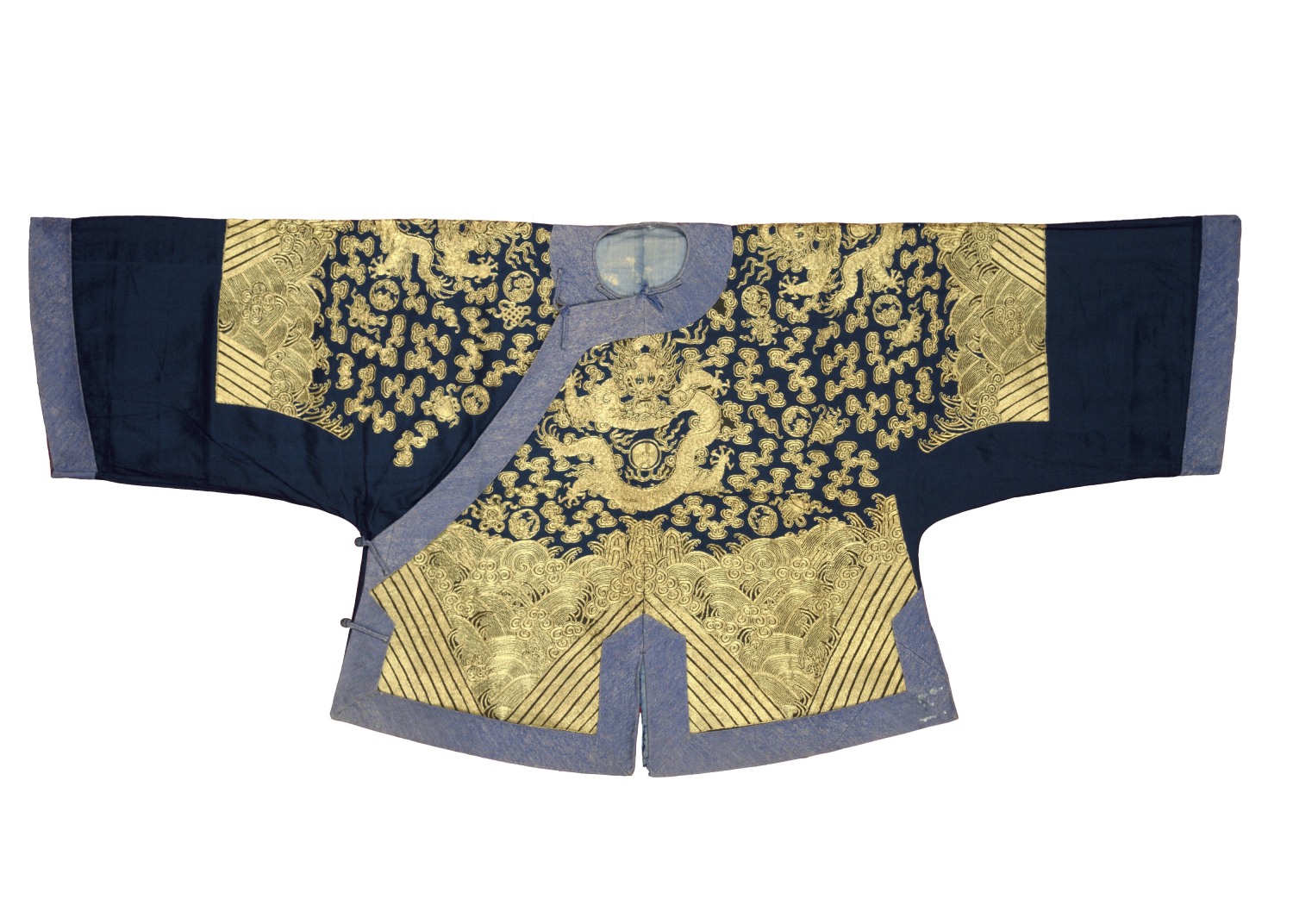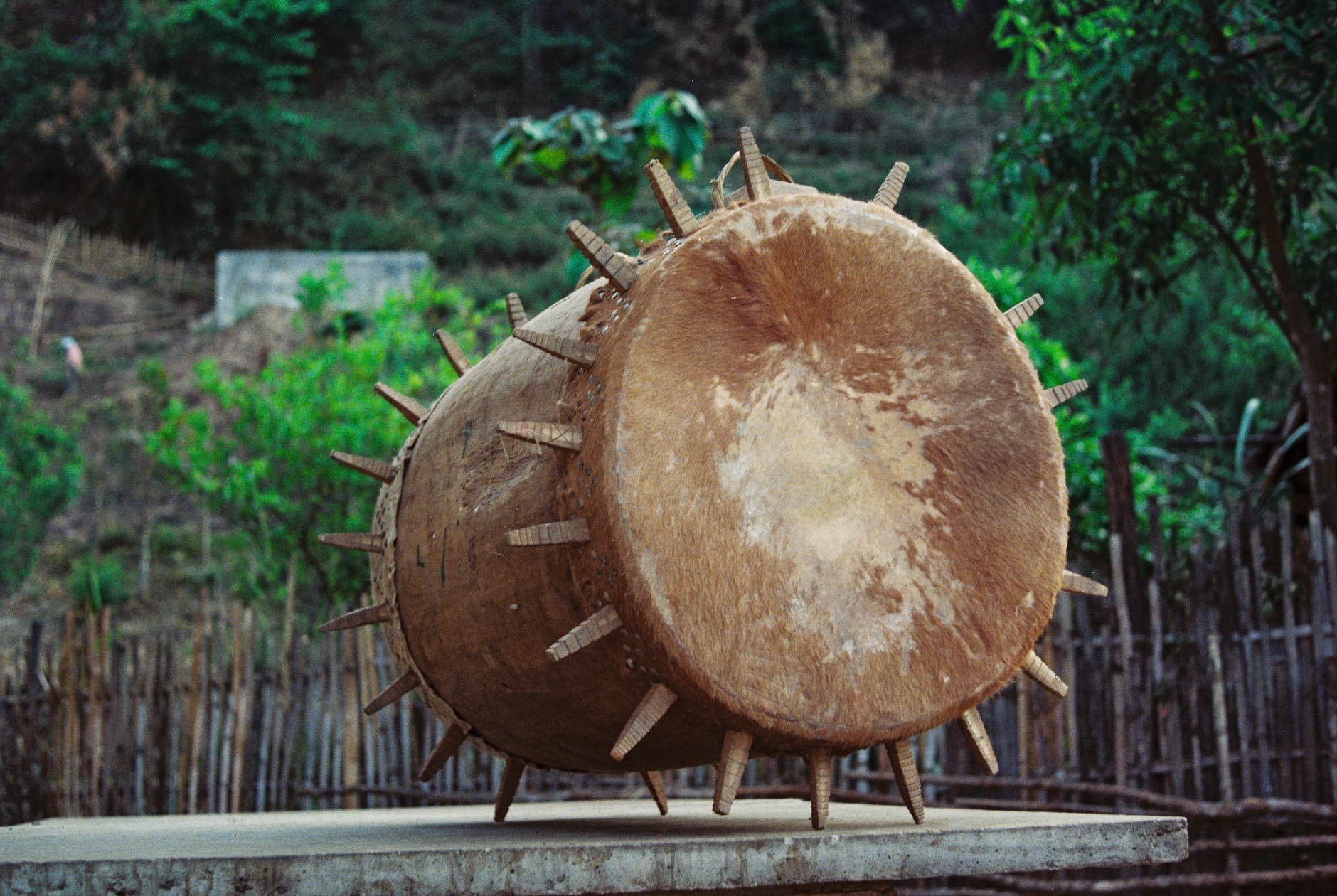
民族文化宫坐落于北京市长安街的西侧,建于1959年,是中华人民共和国成立十周年首都北京十大建筑之一。民族文化宫素有“民族文化宫殿”、“民族典籍之宫”、“民族之家”之美誉,收藏文物5万余件、古籍文献60余万册、美术作品2600多幅,是中国收藏少数民族文物、古籍文献和美术作品数量最多、种类最丰富的专业机构之一。
Built in 1959, the National Palace of Ethnic Cultures is located on the west side of the Chang’an Avenue in Beijing. It is one of the ten major buildings in the capital built for the tenth anniversary of the founding of the People’s Republic of China. The National Palace of Ethnic Cultures is known as “the palace of ethnic cultures”, “the palace of ethnic classics”, and “the home of ethnic groups”. It hosts a collection of over 50,000 cultural relics, over 600,000 volumes of ancient literature, and over 2,600 artistic works, making it one of China’s professional institutions with the most numerous and diverse collections of ethnic minority relics, ancient literature, and artistic works.
灿若星辰的中华民族瑰宝,承载着灿烂文明,传承着历史文化,维系着民族精神。此次从民族文化宫馆藏中选出的17件精品,是中华民族瑰宝的一个缩影,呈现了中国各民族文化互鉴融通、中华文化历久弥新的生动实例,讲述了中国各民族共同开拓辽阔疆域、共同书写悠久历史、共同创造灿烂文化、共同培育伟大精神的共同缔造、发展、巩固统一中国的壮丽史篇。
Resplendent as stars and constellations, the treasures of China carry the legacy of a great civilization, history, and culture that sustains the spirit of the nation. The 17 masterpieces selected from the collection of the National Palace of Ethnic Cultures epitomize the treasures of the nation, presenting vivid examples of the mutual appreciation and integration of the cultures of China’s various ethnic groups and the renovation of the Chinese culture. They tell the story of the joint creation, development, and consolidation of a unified China, in which all China’s ethnic groups have joined hands to expand vast territories and cultivate a great spirit.
今天,在铸牢中华民族共同体意识这一新时代民族工作主线的指引下,中国各民族像石榴籽一样紧紧拥抱在一起,共同团结奋斗、共同繁荣发展,正谱写着“中华民族一家亲、同心共筑中国梦”的壮美篇章!
Today, to forge a strong sense of community for the Chinese Nation in the new era, all ethnic groups in China are embracing each other closely like pomegranate seeds and striving with solidarity for common prosperity and development. They are writing a magnificent chapter in which the Chinese nation acts as one to build the Chinese Dream with one heart and a concerted effort.

















